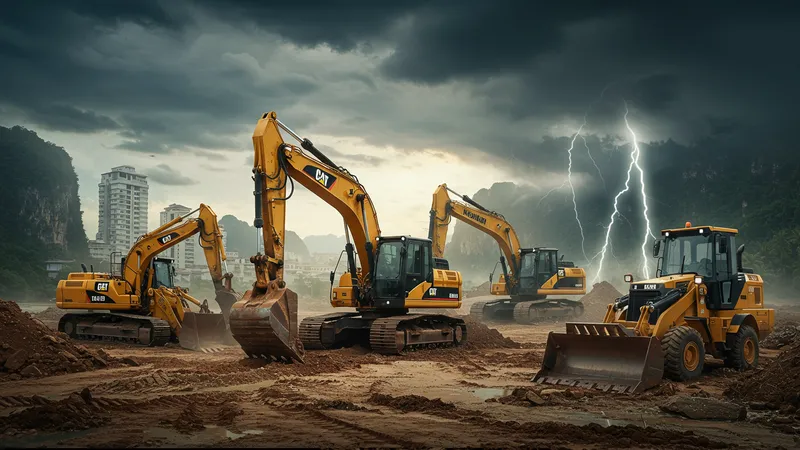
How To Choose The Right Construction Machinery In Thailand
Performance and Reliability Factors for Thai Sites
Performance consistency is paramount when choosing construction machinery for Thailand’s diverse environments. Heavy machinery needs to cope with both urban density and remote, rugged sites. Equipment that is engineered for tropical climates—like reinforced cooling systems or corrosion-resistant parts—can outperform imported models that aren’t adapted for heat and humidity.

Reliability directly impacts project deadlines in Thailand’s fast-paced construction sector. Downtime caused by machinery faults or servicing delays can trigger costly setbacks, especially during monsoon months when weather windows are tight. Manufacturers like Caterpillar, Komatsu, and Hitachi invest in robust after-sales service networks across Thai provinces to minimize such risks.
Operator comfort is another performance factor often overlooked. Machines with climate-controlled cabs, intuitive controls, and ergonomic seating reduce operator fatigue, increasing productivity across long shifts. Both the Komatsu PC200 and Caterpillar 320 GC have made this a design priority, reflecting feedback from local construction teams who face extended periods working in Thailand’s challenging climate.
Finally, machine adaptability is crucial. The ability to switch attachments—such as buckets, breakers, or grapples—adapts the machinery for site-specific tasks, eliminating the need for additional equipment. In Thailand, brands like Hitachi have developed versatile hydraulic systems allowing for quick changes of function, optimizing both cost and efficiency on every job.